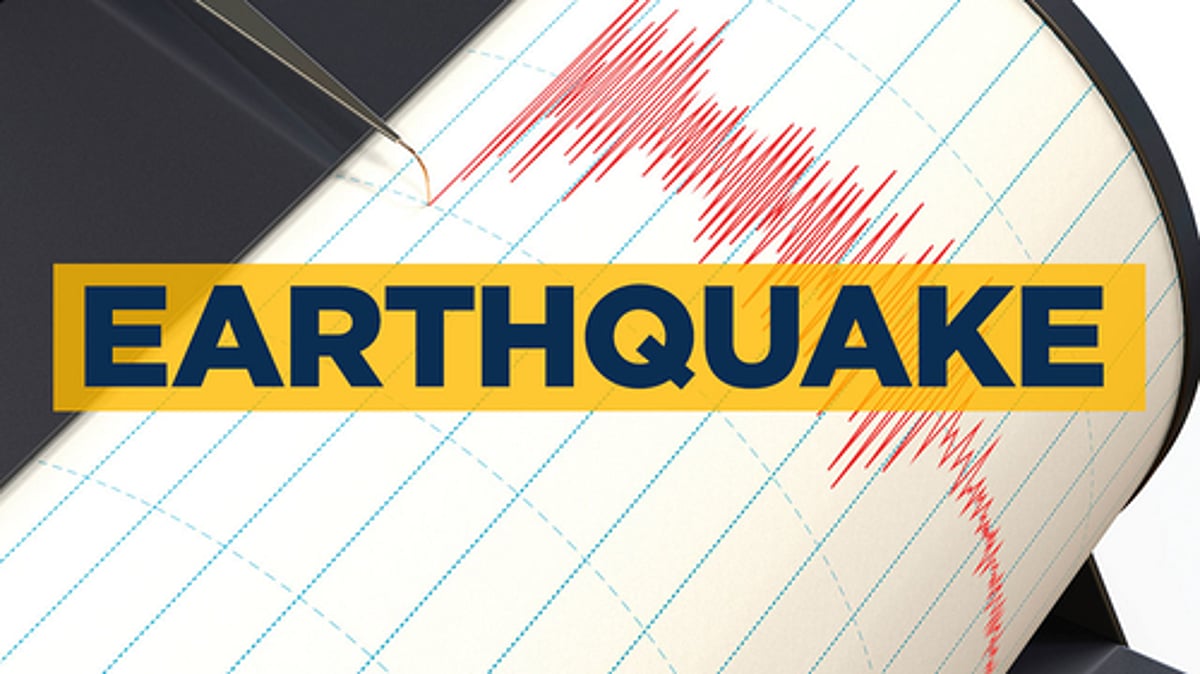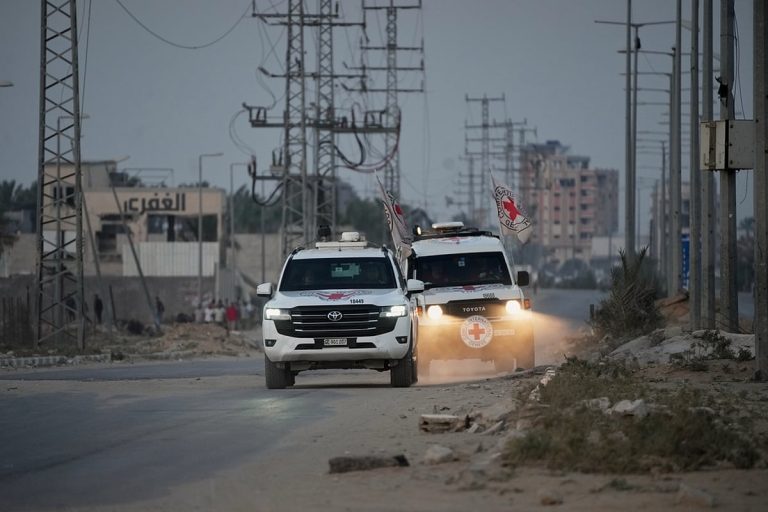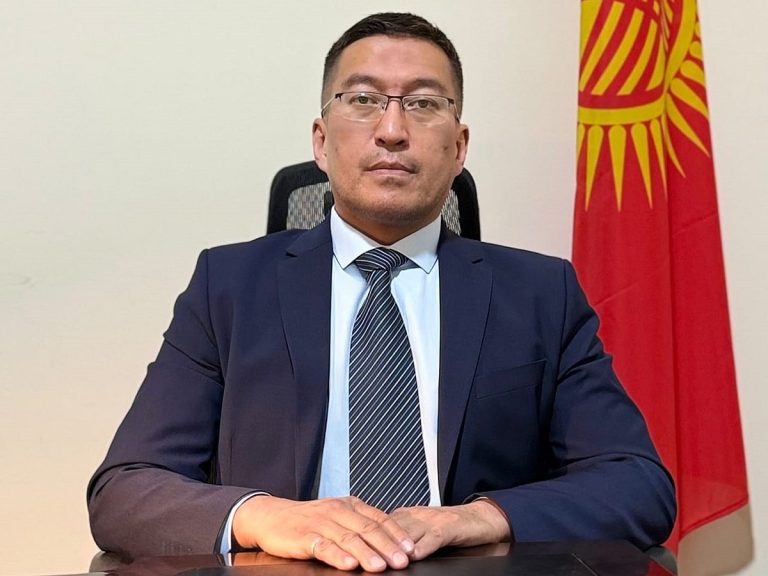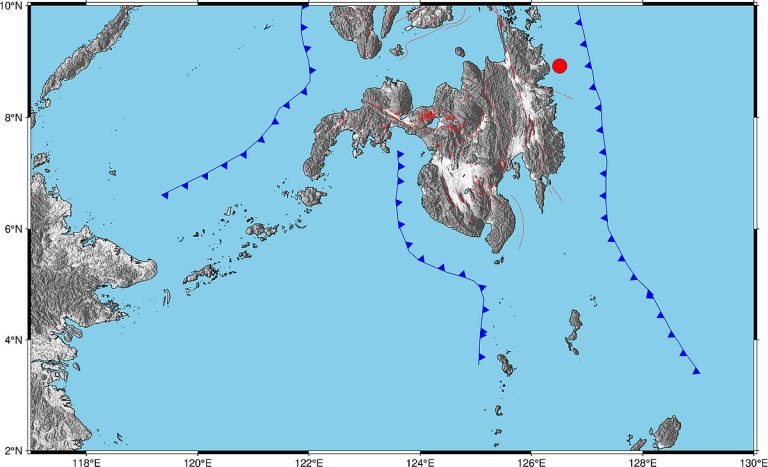Earthquake Hits Manila, Magnitude 5 Tremor Reported
On Saturday evening, residents of Manila and nearby provinces experienced a significant earthquake. The tremor, measured at a magnitude of 5, originated from the Zambales region, prompting concerns among locals and officials alike.
Details of the Earthquake
The earthquake was attributed to tectonic activity along the Manila Trench, as reported by local volcanologists. This fault line is known for its seismic activity, which can lead to tremors felt across the Philippine capital and surrounding areas. Fortunately, there have been no immediate reports of severe damage or injuries.
FAQs
What should I do during an earthquake?
During an earthquake, it is essential to “Drop, Cover, and Hold On.” Find a sturdy piece of furniture to take cover under, protect your head and neck, and stay in place until the shaking stops.
How can I prepare for future earthquakes?
To prepare for future earthquakes, create an emergency kit with essentials, develop a family communication plan, and practice earthquake drills regularly to ensure everyone knows what to do.
Are earthquakes common in the Philippines?
Yes, the Philippines is located in the Pacific Ring of Fire, making it prone to earthquakes and volcanic activity. Residents are encouraged to stay informed and prepared for seismic events.
Conclusion
The recent earthquake serves as a reminder of the natural risks faced by residents in the region. Authorities continue to monitor the situation, and residents are advised to remain vigilant and prepared for any aftershocks.
The Philippines is situated on the Pacific Ring of Fire, a region known for its high seismic and volcanic activity due to the movement of tectonic plates. This geographical positioning makes the country particularly vulnerable to earthquakes, with varying magnitudes occurring regularly. The Manila Trench, where the recent earthquake originated, is one of the most active fault lines in the region. It is essential for residents to understand the geological context of their environment, as it plays a significant role in the frequency and intensity of seismic events.
In the aftermath of an earthquake, local authorities typically conduct assessments to evaluate potential damage and ensure public safety. Emergency response teams are deployed to affected areas to provide assistance and gather information on any injuries or structural damage. The Philippine Institute of Volcanology and Seismology (PHIVOLCS) plays a crucial role in monitoring seismic activity and disseminating information to the public. They provide updates on earthquake occurrences, potential aftershocks, and safety protocols that residents should follow.
Preparedness is a vital aspect of living in an earthquake-prone area. Communities are encouraged to engage in educational programs that promote awareness of earthquake risks and safety measures. Schools, businesses, and local governments often collaborate to conduct drills and workshops aimed at equipping individuals with the knowledge and skills needed to respond effectively during an earthquake. These initiatives not only help to reduce panic during actual events but also foster a culture of resilience among residents.
In addition to immediate safety measures, long-term planning is essential for mitigating the impact of earthquakes. Urban planners and engineers are increasingly focusing on building codes and infrastructure resilience to withstand seismic forces. Retrofitting older structures and ensuring that new buildings comply with updated safety standards can significantly reduce the risk of catastrophic damage during an earthquake. Local governments are also exploring land-use policies that take into account seismic hazards, aiming to minimize the exposure of communities to potential risks.
The psychological impact of earthquakes should not be overlooked. Experiencing a tremor can lead to anxiety and stress among residents, particularly in urban areas where the population density is high. Mental health resources and support systems are vital in helping individuals cope with the aftermath of seismic events. Community outreach programs can provide counseling and support to those affected, fostering a sense of solidarity and collective resilience in the face of natural disasters.
As the region continues to experience seismic activity, it is crucial for residents to stay informed about earthquake preparedness and response strategies. Regular updates from local authorities and educational initiatives can empower individuals to take proactive measures in safeguarding themselves and their families. The recent earthquake serves as a reminder of the importance of vigilance and preparedness in a region where natural disasters are a part of everyday life.
Also Read:
UAE Authorities Prepare for Unstable Weather Ahead







